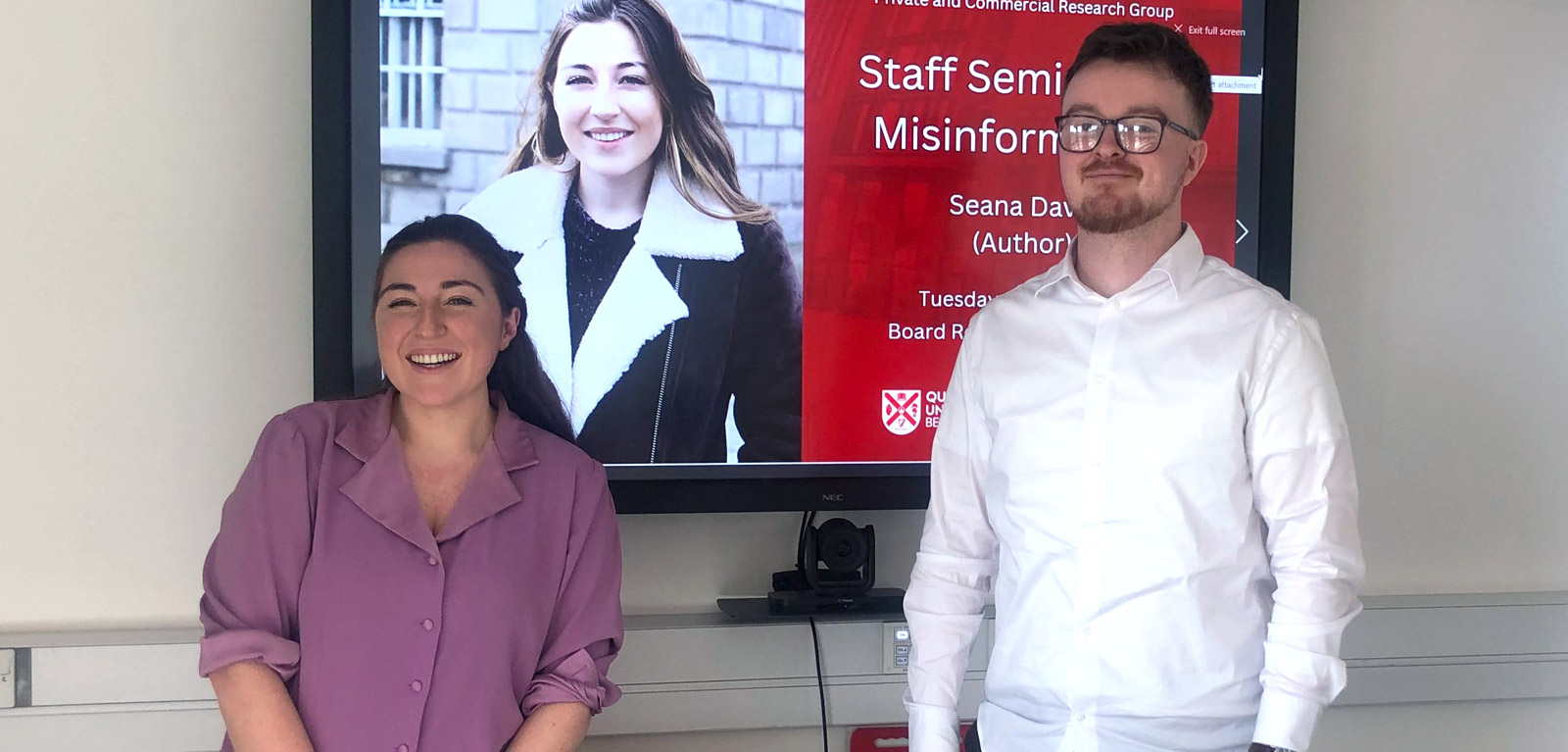Seana Davis on Fact-checking, Misinformation and Disinformation
Fascinating dive into Fact-checking, Misinformation and Disinformation.

The Private and Commercial Research Thematic Group were delighted to welcome Seana Davis from Logically Facts on April 1st, to speak to us about factchecking and the intersection of Mis- and Dis- information.
What is factchecking? Factchecking is a journalistic process to establish what we know and don’t know about claims that arise across mediums. Seana talked to us about various techniques that she has used to try and gain insight into claims. These journalistic techniques include reverse image search, geolocation, advanced searching on social platforms, use of archive websites, reaching out for comment. She also spoke to the ‘onion’ method and of utilising technology and databases to try and find archived information that will help prove/disprove claims. However, such data only remains valid whilst up to date and maintained by the various servers. Tools like Politwoops have previously been very useful, but less so now due to a Twitter/X API change.
Factchecking has always been a feature of journalism but with the advent of social media and the use of AI tools, there has been a rise in the types of misinformation and disinformation content that is being distributed to an increasingly global audience. Misinformation is in accurate or misleading information that is spread inadvertently. The intention to deceive is not present, rather, the misinformation arises because of a misunderstanding, a lack of knowledge or a genuine mistake. Disinformation on the other hand, is false information deliberately spread to deceive. In sum, the difference between misinformation and disinformation is intent. For an excellent infographic explaining this, see here.
Seana then spoke to the challenge of proving ‘intent’ – specifically, how can it be proven that someone shared something misleading deliberately. She then guided through the different types of imposter content that exists and persists online including fake tweets (see here), fabricated advertisements (see here), false content (see here) and manipulated content (see here). She pointed out that this is a tool used by various groups across the full political spectrum and manipulations and fabrications can be found on various social media platforms. It was interesting to hear the challenges presented by stolen satire – satire is something that has been traditionally (and very recently) a challenge in Defamation cases in the UK and Ireland also.
In endeavours to regulate the field, some developments are of note. The European Commission has a Code of Practice on Disinformation (2022) which aims to limit the spread of disinformation and to quickly respond to crises. NATO, rather than speaking to disinformation itself, speaks to information threats (albeit disinformation is listed as an example of an information threat). Enveloping all this is the balance between countering mis/dis-information and amplifying the false claims. Seana repeatedly emphasised the importance of media literacy as a tool to counter misinformation. She spoke to tools like community notes and pre-bunking (for an example see here) to critically engage with materials online. This will become increasingly more important as AI videos and audio files continue to evolve.
A hugely informative, enjoyable and interactive seminar!
Ciara Hackett 3rd April 2025
